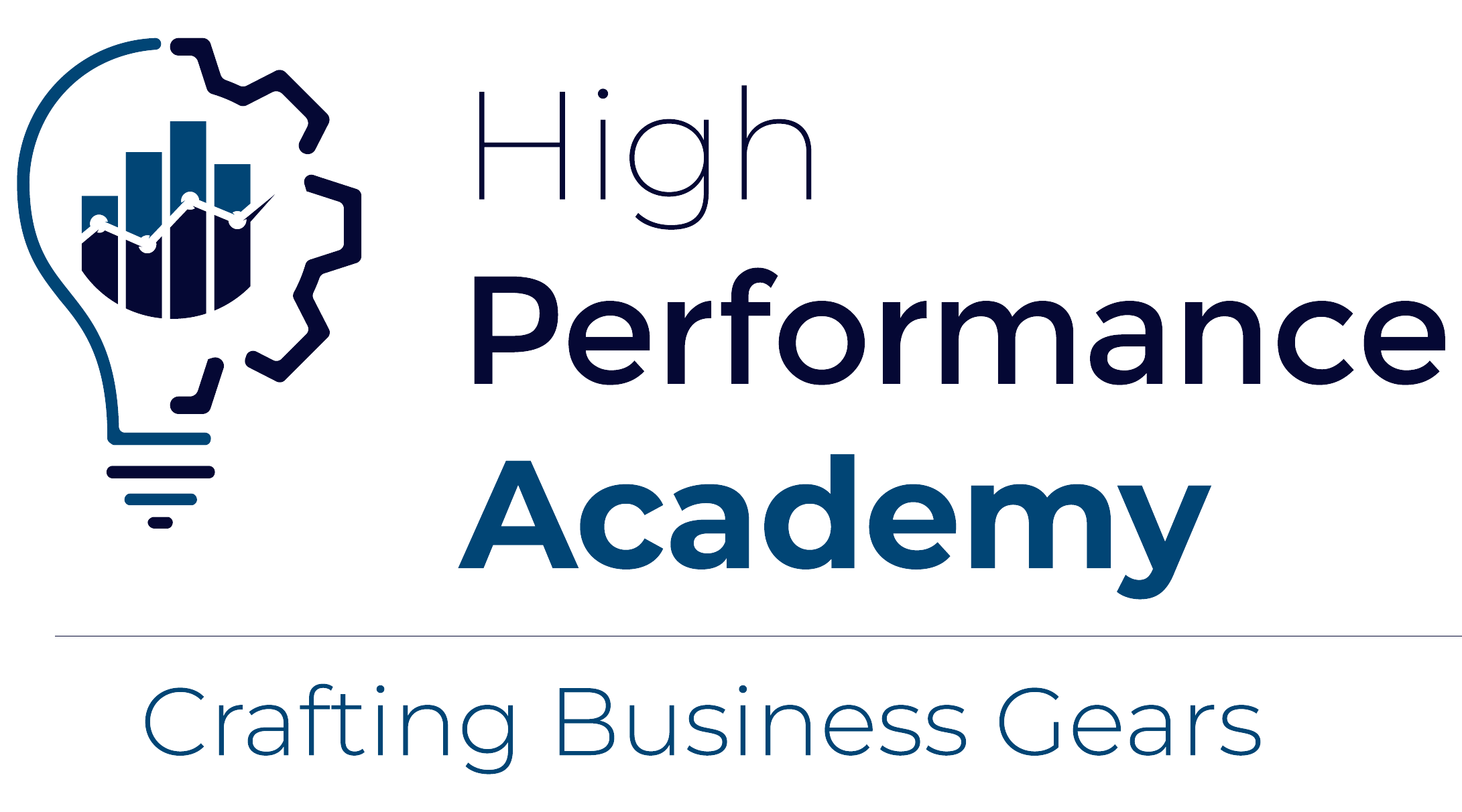What’s the difference!!!
If we still applying Personnel Management ( PM ) as it’s Human Resource Management ( HRM )?
Personnel Management (PM) Functions Includes Recruitment and Selection, Training and development, Compensation and Benefits and it’s not just Payroll, Employee’s Filling and Insurance issues!
“The days of simply maintaining personnel files and advising on hiring, firing and compensation are long gone for HR professionals…. Today they fulfill a variety of roles that require knowledge and competencies in areas that were foreign to them in the past.” Salvatore et al. (2005)
It was in 1880s that Human Resource Management Developed in the USA. It was a new approach in developing people. The key aspect of HRM is the people are the firm most important asset that must be valued, empowered and committed. This was un liked the personnel management predecessor which focus on administering people as resource like any other assets in the organization that must be cost effectively managed; hence the concept of hiring and firing.
HR is no longer hiring and firing but it’s core to the effectiveness of the organization and importantly that HRM is not just for HR it’s for all managers needed to understand and apply.
Without HR Strategy that covers at least the 10 professional areas for HRM which identified by the Chartered Institute of Personnel and Development (CIPD). We’re more or less in the personnel management Practice and perspective.
The chartered institute of personnel and development 10 professional areas for HR:
- Service Delivery and Information.
- Organization Design.
- Organizational Development.
- Resourcing and Talent Planning.
- Learning and Talent Development.
- Performance and Reward.
- Employee Engagement.
- Employee Relations.
- Leading HR.
- Insights Strategy and Solutions.
In Egypt, Today!
- Are we really core to the effectiveness of our organizations by only improving the recruitment and selection process (PM Perspective) without Resourcing and Talent Planning linked to the HR strategy that developed from profound understanding to the business strategy (Goals and Objectives)?
- What are the benefits and returns if we keep improving the Training and development (PM perspective) without Learning and Talent Development, Performance and Rewards planning?
- What’s the point if we keep improving employee’s communication without Employee Relations strategy?
- How can we work on Resourcing and Talent Planning, Learning and Talent Development, Performance and Rewards, Employee Engagement, Employee Relations Without proper Insights Strategy and Solutions, Leading HR, Service Delivery and Information?
e.g. 1
There’s a big different in the practices and results of applying proper recruitment and selection and applying proper recruitment and selection within the resourcing and talent planning framework.
e.g. 2
There’s a big different in the practices and results by applying proper Training and development and applying proper Training and development within the Learning and Talent Development Planning.
Conclusion:
- HR/Personnel department of 20 employees or even 50 doesn’t mean that they’re applying HRM.
- Doing some improvements in recruitment and selection, training and development, Compensation and benefits don’t mean that we do apply HRM.
- Personnel management is already including the same functions from centuries ago.
- Before and after 1880’s with decades firms also used to do all of these functions as recruitment and selection, training and developing employees and paying them.
- How can we expect results if we still applying personnel management?
“HR‘s expanded role has led to the need for new competencies for the HR profession to apply effectively the 10 professional areas that mentioned earlier. The 2007 Human Resource Competency Study (HRCS) reported six core competencies that are demonstrated by successful HR professionals (Society for Human Resource Management, Staffing the Human Resource Function 2011)”
- Credible activist: An HR professional who offers a point of view and challenges assumptions.
- Cultural steward: An HR professional who helps shape an organization‘s culture.
- Talent manager/organizational designer: An HR professional who contributes to both talent management and organizational design.
- Strategy architect: An HR professional who recognizes business trends and makes changes happen.
- Business ally: An HR professional who understands and contributes to the success of the organization.
- Operational executor: An HR professional who manages people and implements the organization‘s policies.
Now it’s the time for HR practitioners and professionals to move forward toward understanding how CEO’s think and learn how to develop these new competencies to effectively apply the HRM professional areas.
If you’re already knowledgeable with the Recruitment and Selection, Training and development, Compensation and benefits basics then it’s the time to move on and start focusing on the strategic areas of each HR function
Written by:
MR. Khaled Fadel
Tag:Human Resources




